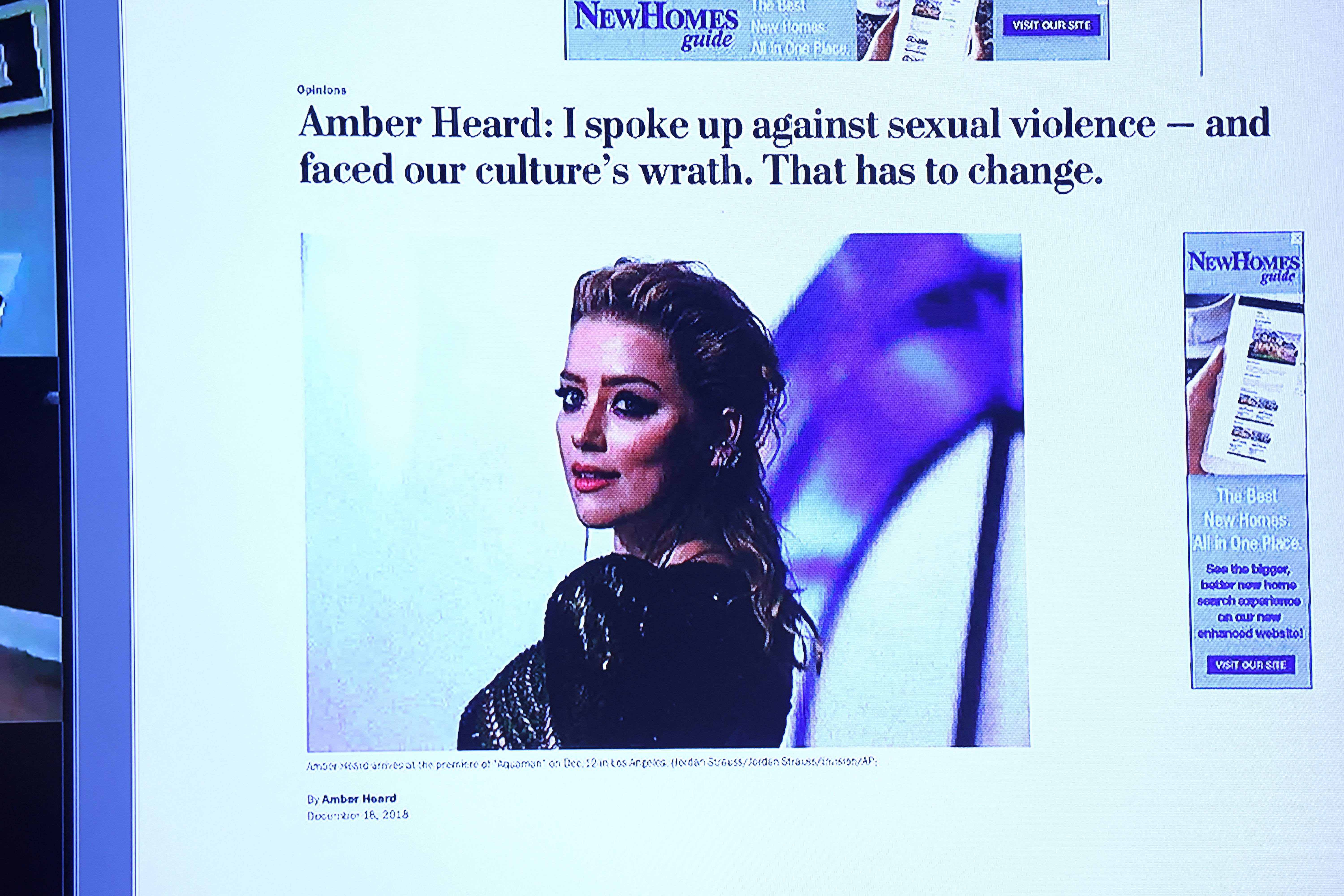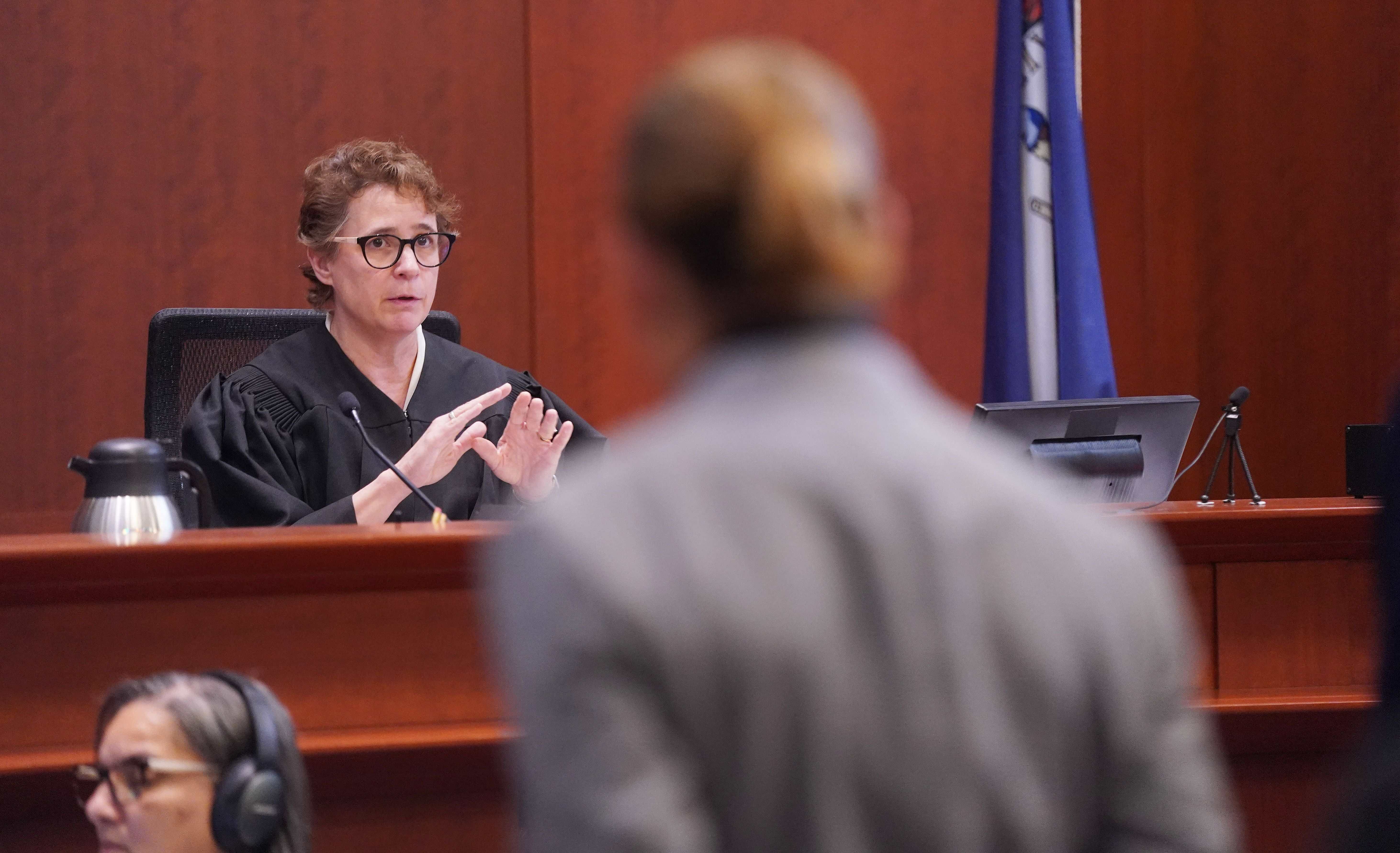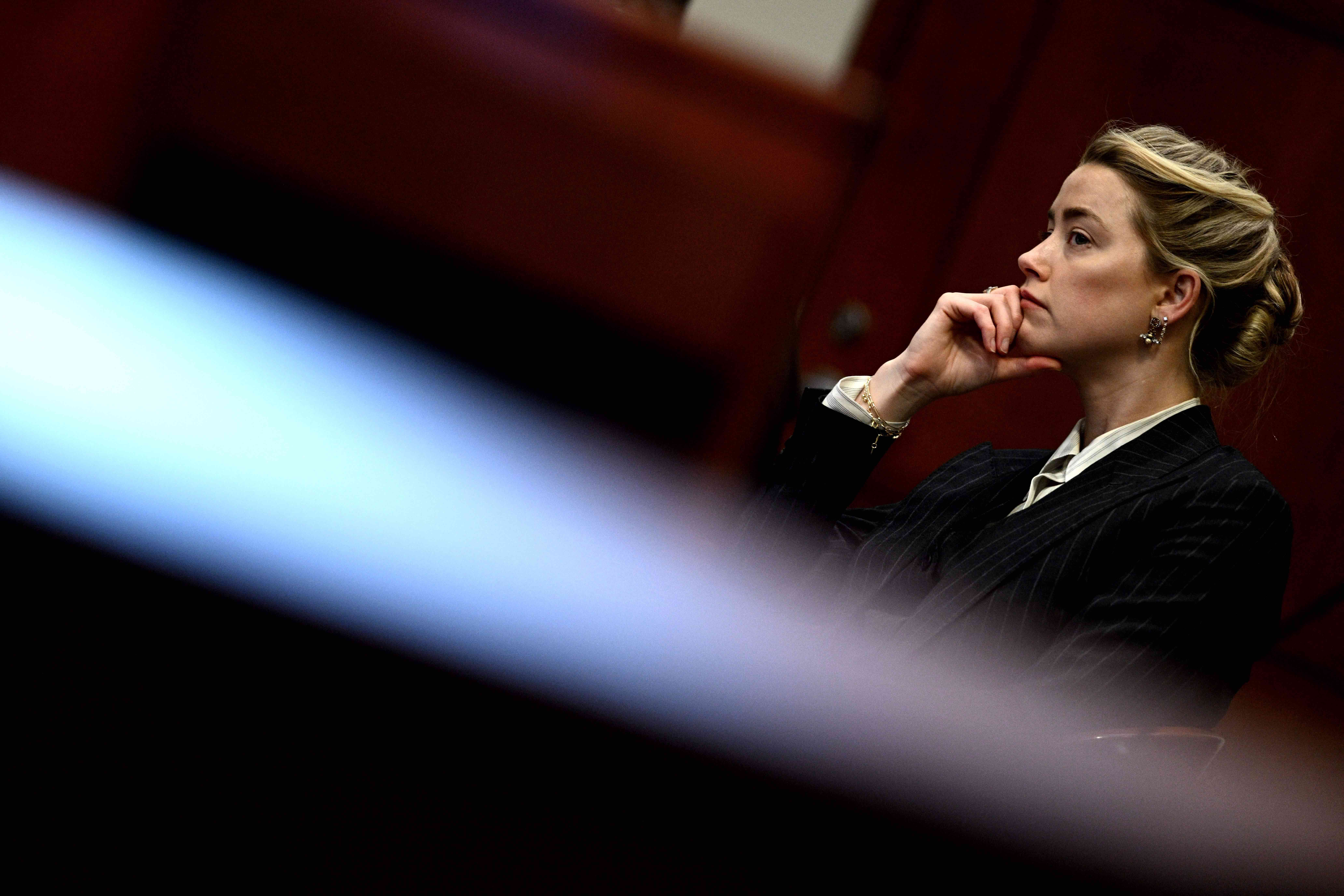
Health & Medicine
Listening to the voices of survivors of violence and abuse

A US jury has now ruled in favour of Johnny Depp, but social media had already judged Amber Heard for not being the ‘right kind’ of victim
Published 31 May 2022
It doesn’t take long, if you spend any time on social media, to come across a meme, reel or TikTok taking a side in the US actor Johnny Depp’s defamation case against his ex-wife, Amber Heard.
The jury in the case found that a 2018 article written by the actor’s ex-wife on domestic violence was defamatory. But well before the verdict, social media users had already judged Heard well before any actual legal decision as a manipulator and abuser, with campaigns like #JusticeForJohnnyDepp trending on Twitter (some 5.5 billion views) and TikTokkers using cats to mock her testimony.

Depp is suing Heard for defamation, saying that her claims of abuse are false and have ruined his life.
It’s worth noting that her ‘claims’ of abuse were actually proven in a UK Royal Court of Justice ruling, which found that Depp had assaulted Heard on at least 12 separate occasions, resulting in Heard being in “fear for her life”.
Despite being a court-proven victim, Heard continued to be harassed by the internet. Depp’s allegations of her abuse against him have not been validated in court. This includes his allegation that Heard cut off his finger, however, text messages written by Johnny Depp implying he cut his own finger off were read out to the court.

Health & Medicine
Listening to the voices of survivors of violence and abuse
And yet, Amber Heard was still framed as a manipulator and abuser on most social media platforms.
For many of us, reports on the Johnny Depp and Amber Heard legal battle popped up in our social media newsfeeds as more generic celebrity gossip.
And most of us probably ignored the speculations of Heard’s fake testimony and drug use while on the stand.
But what’s crucial here is that this is a story of domestic violence (DV) – and those trending memes, video mockeries and misinformation campaigns further victimise the ‘victim’. This is yet another appalling representation that perpetuates the problems of DV by supporting the more powerful perpetrator and breaking down the less powerful victim-survivor.

In situations of domestic violence, the primary perpetrator often makes it look like the victim-survivor is the perpetrator to the outside world.
Overwhelmingly, DV involves men abusing and controlling women, with women significantly more likely to experience violence, as illustrated by the Australian Personal Safety Survey. There is a controversial term used – ‘mutual violence’ – but, this violence often has the men enforcing more control and the balance of power is still firmly in their favour.
Recent DV research has revealed that women who act in defence of themselves or their family, are often judged harshly, with little consideration of the context in which the act of defence or ‘violence’ took place.

Health & Medicine
No place for ‘good bloke’ excuse
This research found that women who use force, generally do so because they want power, not because they have power. Most women using force are themselves victim-survivors of DV.
Women tend to use verbal, psychological and emotional force than physical force and the degree to which is used by women is less severe than when it is used by men.
This research also revealed that motivations for the use of force most commonly included self-defence, retaliation, anger and stress.
The situation that was played out in court by Heard and Depp strongly closely resembles the stories of victim-survivors told through the Women Who Use Force study.

Heard has described separate incidences of abuse including being held by the throat and sexually assaulted while in Australia, shortly after they were married. Depp has responded alleging Heard was the violent party, throwing objects that severed his finger.
The reporting of this trial has focused on incidents that sound the most sensational – reducing the consideration of the issues down to a “he says/she says” argument. This is dangerous.
In domestic violence situations, individual actions cannot be seen in isolation, without taking into account what led up to them and the long-term context. It is the patterns of behaviour that show reality.

Health & Medicine
Women who use force
We, as members of the public, do not have access to the details of the Heard and Depp’s lives – and we need to recognise that we cannot judge.
During the defamation trial, Depp claimed that Heard is not a “true” victim, because she too has used violence. Indeed, she has spoken out in the article that prompted Depp to sue in a way that some people feel is not how a victim should behave.
Women may resort to criminalised physical actions in an attempt to assert themselves. But if only the victim-offender binary is considered in these situations, these women would likely be arrested and punished for using force, without consideration of their history of trauma and abuse.
This type of black-and-white response is both ill-informed and not effective at preventing further violence. Her experiences are not addressed, she remains at risk from her perpetrator, is penalised or stigmatised for her actions, and is less likely to seek help.

In the Australian context, legal responses to DV indicate that both police and magistrates continue to be guided by perceptions of “real” or “deserving” victims, who are typically heterosexual, white, drug-free and with no criminal record. Women who fight back, or transgress social norms of “good” behaviour in other ways are less likely to be seen as victims.
This often conflicts with the actual lived experiences of many victim-survivors in Australia.
Many women who come before the Australian criminal courts as DV offenders have been shown to be the victim of domestic violence by a current or former partner.

Politics & Society
Intimate partner sexual violence and the courts
This history of DV victimisation is even more common for Aboriginal and Torres Strait Islander women and it’s now increasingly acknowledged as a driving factor behind their imprisonment.
If we, the public and the media, eat up the sensationalism of the ‘she said/he said’ rhetoric of stories like Depp and Heard, we are likely contributing to another victim of DV remaining silent, lest she not be believed.
On top of this, if the victim-survivor is from a minority group, seeing the online assassination of Heard – a wealthy white woman – means she will be even less likely to speak out.
Let’s do our bit, remember that we don’t always have all the information – or we potentially have the wrong information.
Do not judge victim-survivors of domestic violence for not being the “perfect” victim.
Banner: Getty Images